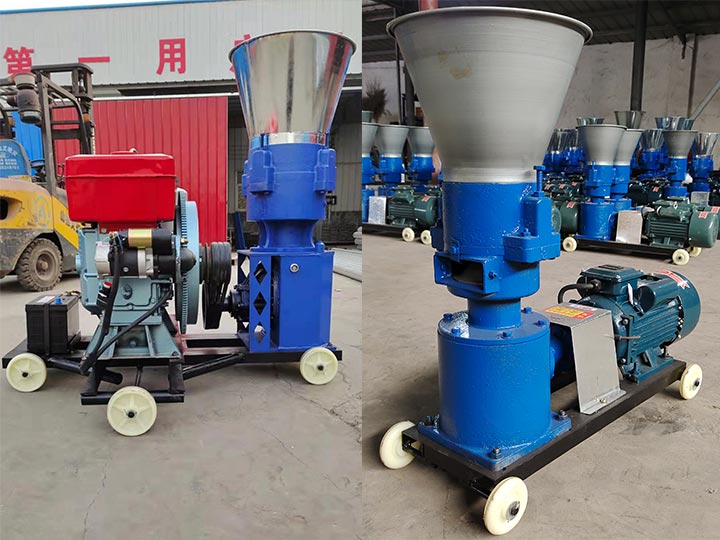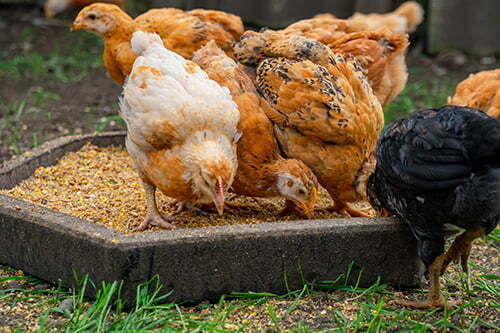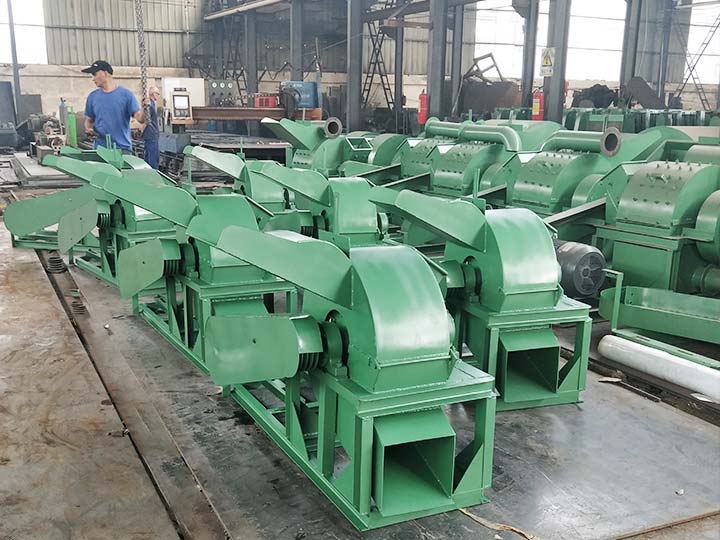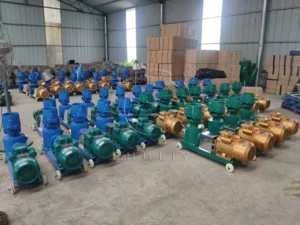땅콩은 누구에게나 낯설지 않고 맛있는 음식이지만, 남은 땅콩 껍질은 쓰레기로 처리되는 경우가 많습니다. 하지만 땅콩 껍질도 다양한 용도로 사용되는 생물학적 자원이라는 사실을 알고 계셨나요? 첫째, 땅콩 껍질에는 조섬유가 다량 함유되어 있어 영양가가 높아 동물 사료로 만들 수 있습니다. 둘째, 땅콩 껍질은 발효 후 비료로 사용되어 토지에 영양분을 공급할 수도 있습니다. 마지막으로 땅콩껍질에는 목질섬유가 풍부하기 때문에 분쇄, 탄화 과정을 거쳐 숯과 활성탄으로 만들 수 있다.
동물성 식품 만들기
땅콩은 오일 추출 공장과 식품 가공 공장에서 가공된 후 많은 양의 껍질이 생산됩니다. 땅콩이 재배되는 지역에서도 많은 땅콩 껍질이 발생합니다. 이러한 땅콩 껍질을 쓰레기로 버리는 것은 아쉬운 일입니다. 그러나 우리가 이들을 동물 사료로 만들어서 소, 양, 닭, 오리 및 기타 동물에게 먹이면, 이들은 더 빨리 성장할 뿐만 아니라, 농축 사료의 일부를 대체하여 사육 비용을 줄일 수 있습니다.


연료 만들기
땅콩 껍질은 바이오매스 브리켓을 만드는 데 사용될 수 있습니다. 땅콩 껍질은 목재 분쇄기로 분쇄된 후, 전문 기계에서 고온 및 고압으로 막대 모양으로 다시 분쇄됩니다. 이러한 바이오매스 브리켓은 종종 연료로 사용됩니다. 예를 들어, 겨울 난방 및 산업 보일러 연료로 사용되므로 재활용된 땅콩 껍질은 석탄을 대체하는 가장 환경 친화적이고 경제적인 새로운 에너지 연료가 됩니다. 이 막대는 추가로 탄화되어 숯으로 만들어질 수 있으며, 연료로도 사용됩니다.

활성탄 만들기
폐기물 땅콩 껍질을 사용하여 활성탄을 만들 수도 있습니다. 활성탄을 만드는 것은 땅콩 껍질을 탄화시킨 후 화학적 활성화 방법이나 가스 활성화 방법으로 추가로 생산 및 가공됩니다. 활성탄의 특성상 기공구조가 매우 잘 발달하여 물 속의 금속물질이나 공기 중의 소량의 유해물질을 흡착하는 효과가 매우 좋습니다. 일반적으로 우리는 집에서 냉장고나 욕실의 냄새를 흡착하기 위해 활성탄을 사용합니다. 또한, 새 집에서는 포름알데히드가 더 많이 발생하므로 많은 사람들이 실내 포름알데히드를 흡수하기 위해 약간의 활성탄을 집에 배치할 것입니다.






